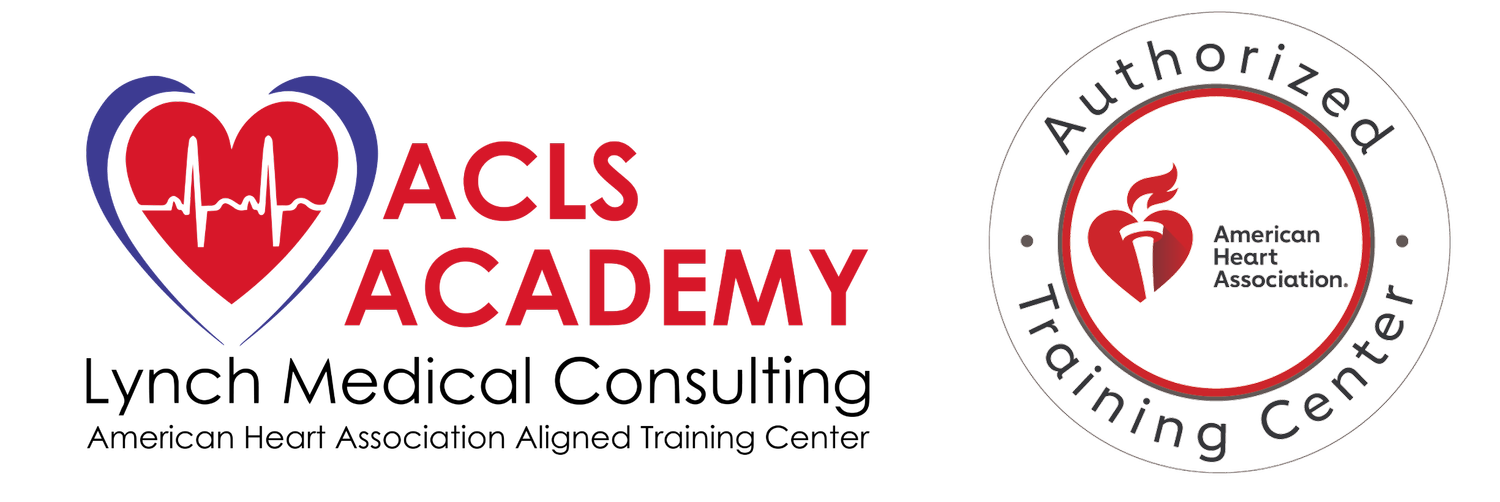Individuals with underlying cardiovascular disease are at an increased risk for contracting coronavirus (COVID-19) and in an effort to take the extra steps to ensure optimal care of these patients should they contract COVID-19, the American Heart Association (AHA) has put out new guidelines to help protect both patients and healthcare professionals.
Minimizing Healthcare Provider Exposure
The updates to CPR procedure emphasize minimizing healthcare provider exposure to help decreased the strained healthcare system. These new procedures include:
All providers must wear personal protective equipment (PPE) before entering a room or area with a COVID-19 positive or expected COVID-19 patient to protect against airborne and droplet particles.
All providers in the area should be limited to those essential to patient care.
If possible, manual chest compressions should be replaced with mechanical CPR.
COVID-19 status should be communicated with all new providers before entering a patient area or transferring the patient.
Oxygenation & Ventilation Strategies
When performing CPR, each step generates aerosol particles that can remain suspended in the air for approximately an hour and can be inhaled by those nearby. This puts providers and those nearby at additional risk and exposure during intubation. By utilizing a cuffed endotracheal tube connected to a ventilator with a HEPA filter for patients that are COVID positive, there is less risk for those nearby.
It is also recommended to:
Attach a HEPA filter for any exhaled gas for manual or mechanical ventilators before administering any breaths.
Use a bag-mask device with a HEPA filter and a tight seal before intubation.
Consider passive oxygenation with nonrebreathing face masks covered by a surgical mask for adults.
Consider manual ventilation with a supraglottic airway or bag-mask device with a HEPA filter if intubation is delayed.
Starting and Continuing CPR
Emergency medical service providers should try to limit transferring a patient with known or suspected COVID-19 to a hospital if return or spontaneous circulation is not achieved. By considering age and severity of illness, this protects EMS providers, patients, and other healthcare professionals from being exposed and diverting resources away from those that need them.
Encourage Bystanders to Learn CPR
Most out-of-hospital cardiac arrests happen at home, making it likely that a household member that has already been exposed to the patient will be performing CPR. If the member is willing and able, bystander CPR is still encouraged with the following tips:
Perform hands-only CPR for adults.
Perform chest compressions and consider mouth-to-mouth ventilation for children.
If available, bystanders should use an automated external defibrillator to assess and treat patients.

